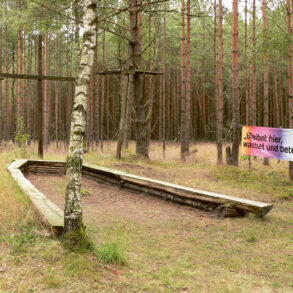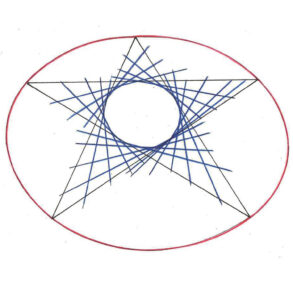«Who is the Grail?» asks Parsifal. «There’s no telling,» replies Gurnemanz – describing the path to it: «Time becomes space here.» In this time that has become space, Richard Wagner opens a variety of windows on the Grail quest throughout his opera.
Without revealing himself on the way, Gurnemanz leads the way through the events. Klingsor wants so badly to be accepted into the community of Grail knights, however, when he experiences rejection, he becomes the antagonist. Amfortas, the Grail King, succumbs to Kundry’s temptation in Klingsor’s realm, and is struck there by the Holy Spear – he lives on there with an eternally open wound. Kundry, the most multi-coloured figure, is on the greatest inner quest: In a previous incarnation, she laughed at Christ on the cross and was then struck by his gaze. She seeks to redeem this experience and wanders through all the realms. In their fellowship, the Grail Knights have become weak and challenge Amfortas in their own favour. Parsifal brings his openness, his unconsumedness. However, he must also search and wander through life to ultimately feel compassion for the eternally wounded. The spear returns and becomes a healing force.
These different attitudes all live in our soul. How do we open our innermost space so that the higher, the spiritual can become reality? Where do we show our wounds, how do we become empathic and thus «knowing through compassion»? Where do we bring earth and heaven into harmony so that the Grail event can become reality?
Translation Eliza Rozeboom
Image Impression from the rehearsals for Parsifal at the Goetheanum. Photo: François Croissant









